You may be curious about what an ABC power cable is and what specifications and capacity size it has. ABC Cable, also known as Aerial Bundled Cable is used to transmit power. This cable comprises several bundled and securely wrapped insulated conductors. In addition, it features a bare neutral conductor. The ABC cable’s use of insulation contrasts with typical transmission cables, which were uninsulated.
In addition, these cables are capable of transmitting power at low voltages. Regarding the sizes and types of ABC cables, there are three distinct categories. Additionally, each lesson is offered in a variety of sizes, which we will describe below.
- LOW VOLTAGE AERIAL BUNDLE CABLES:
Low Voltage ABC cables are used for electricity lines and room entrances. Typically, they can withstand pressures of 1kV or less. These cables have low maintenance costs, installation costs, and operational costs.

The conductors of the cables are aluminum, copper, or aluminum alloy. Standard low voltage Aerial bundled cables conform to the following specifications: IEC 61089, BS 7870, DIN 48201, ASTM B399, BS EN50183, and NFC33-209.
MEDIUM VOLTAGE AERIAL BUNDLE CABLES: Medium Voltage, Aerial Bundle Cables are the most efficient for transforming electrical grids in urban, forest, and coastal environments. It also works well for overhead transmission of power. The system is more effective, dependable, and cost-effective. These cables can withstand voltage levels of 10 kV and below, 6.35/11 kV, 12,7/22 kV, 19/33 kV, etc.
Circular and made of aluminum, the conductor has a circular shape. The most prevalent insulating material is XPLE. Inner and outer semiconductors are composed of composite material, whilst the bedding material is semiconducting. The screen consists of copper tape or wire. In addition, the exterior sheath is composed of HDPE. Standard medium-voltage aerial bundled cables conform to the following specifications: IEC60502, NF C33-209, GB 12527-90 ASTM
ABC cable specification
Due to the inclusion of an additional layer of insulation, aerial bundled cable or ABC comes with specifications that enable it to meet quite a few requirements of power transmission. The performance of the insulation is superior to that of bare wire, and it can shorten the distance between the phases of the line, decrease the amount of insulation that is required for the wire support parts, and increase the number of circuits that can be run on the same pole-erected wire.
Because it has an additional layer of insulation and better insulation performance than bare wire, ABC wire can shorten the distance between the phases of the cable, cut down on the amount of insulation that is required for the wire support, and increase the number of circuits that can be completed using pole-mounted wire. Good anti-corrosion performance.
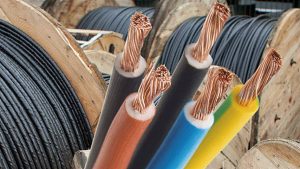
Anti-external damage lowers the impact of external variables such as trees, flying objects, metal film, and dust, and it also reduces the likelihood of inter-phase short circuit and grounding mishaps. The capability of living up to the requirements. Insulated wire, despite having a smaller amount of steel core, presents a significant challenge in ensuring that the mechanical strength of the entire wire is sufficient to satisfy the requirements of the stress design.
Utilizing insulated wire instead of bare wire represents technological advancement. Implementing the insulation of distribution cables can enhance the power supply’s dependability, stability, and security. Maintenance and management enhance the economic benefits of power supply firms. Abc cable has superior performance to overhead wires at a reasonable price. Depending on local constraints, the usage of abc wire in the rural grid is still advantageous in some regions.
ABC cable’s current carrying capacity
The difference in current carrying capacity in ABC cable lies in its constituent parts. The primary components of Aerial Bunched Cable are as follows:
3 power cores consisting of standard aluminum conductors insulated with Aerial Bundled Cable XLPE insulation + 1 sheath lighting aluminum conductor with XLPE insulation (optional) + 1 sheath grounding aluminum conductor with XLPE insulation One conductor Al-alloy messenger (bare or covered)
The messenger conductor may also consist of galvanized steel wire.
It serves as a load-bearing wire.
It serves as a neutral or earth conductor.
The Hearts
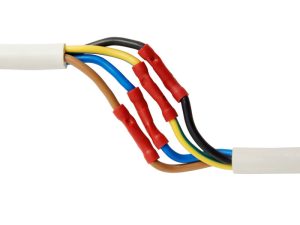
Each phase core is numbered 1, 2, or 3 and contains one, two, or three ribs to represent the three phases. These ribs make it possible to identify the phases and neutral even when the numbers are obscured by poor lighting. To facilitate determining the approximate length of cable remaining on the drum, one active core is sequentially marked at one-meter intervals.
Drum lengths can begin at any number, with the shortest length near the barrel. The cores are bundled together. The rating of LV ABC is predicated on an operating temperature of 80o C for the conductor.
Conductor
Circularly stranded and compacted phase conductors are fabricated from Grade 1350 high-purity, high-conductivity aluminum with high conductivity. Circularly stranded 6201 Grade heat-treated aluminum alloy wires compose. The surface of the conductor is carefully treated to increase the adhesion of the insulation to the conductor, based on thorough development testing and production research. This is significant because the installed cable tension relies only on this “adhesion” or “friction” between the conductor and insulation.
aerial bundled cable size
You have the option of purchasing aerial bundled cables in different sizes with either two, three, or four conductor cores.
There is a variety of sizes available, including 16mm2, 25mm2, 35mm2, 70mm2, and 95mm2.
The most common applications for air bundled cable, which is a type of overhead cable, are those involving the transfer of power and the building of cities. For example, the provision of power for outdoor and indoor lights, as well as construction services on a temporary basis.
There are three advantages of using cables that are not coiled in the air:
- Cables that are air-bundled are the best option for use as overhead power cables for the transmission of electricity.
- Air bundled cables function in a manner very similar to that of bundled conductors, but they are more closely connected.
- The cables that are air-bundled are very close to touching one another but are still insulated from one another.
Particularly those that are built outside, suspended in the air. In order to prevent electrical short circuits, ABC cable can endure severe weather conditions such as high winds, heavy snow, and other types of severe weather.
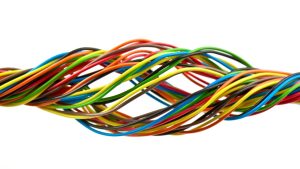
Voltage from the cable hanging overhead
Low voltage is 0.6-1kV
Medium voltage is 6-35kV
High voltage is 35-500kV
The range of ultra-high pressure ranges from 500 to 1000 kV.
UHV refers to voltages higher than one million volts.
There are only a few procedures involved in the installation of the Serial bundled wires, as well as anchoring clamps for the Aerial bundled cables.
joints placed midway along the length of Aerial bundled cables,
A distribution box for the bundled cables used for aerial transmissions,
Clamps for suspension are designed for use with bundled aerial cables.
4 core ABC cable
Bundled 4 Core 50 mm ABC Service Drop Aerial Cable
The self-supporting system is comprised of four cores of hard-drawn stranded and compacted aluminum conductors of equal cross-section, insulated with carbon-loaded XLPE to provide UV protection. All cores were equally stressed. Three phase cores of hard-drawn, stranded, compacted aluminum conductors insulated with carbon-loaded XLPE are wrapped around an aluminum-alloy supporting core insulated with carbon-loaded XLPE for UV protection. Additional sub conductors are optional in both systems with self-supporting cores.
1. Uses of the ABC cable
To deliver electricity from the utility’s lines to the customer’s Weatherhead. For service at 600 volts or less (phase to phase) at a maximum conductor temperature of 75 degrees Fahrenheit for PE insulation and 90 degrees Fahrenheit for XLPE insulation.
ABC aerial Cables are overhead power cables consisting of many insulated phase conductors packed tightly with a bare neutral conductor. They can enhance the dependability and safety of electrified wire netting.
3. Construction Phase conductors are concentrically stranded EC Grade aluminum wires insulated with cross-linked polyethylene (XLPE) or polyethylene (PE). For phase identification, the conductor insulation is marked with longitudinal ridges.
AAC, 6201 Alloy, or ACSR are concentrically stranded, neutral messengers. Depending on the design of the ABC aerial cable, the neutral messenger may be bare or insulated.

4. Standards (ABC aerial cable)
1). B-230 Aluminum Wire, 1350-H19 for Electrical Purposes.
2) B-231 Aluminum Concentric-Lay-Stranded Conductors
B-232 Concentric-Lay-Stranded, Coated Steel-Reinforced Aluminum Conductors (ACSR).
B-399 Concentric-Lay 6201-T81 Aluminum Alloy Stranded Conductors
Steel-Reinforced B498 Zinc-Coated Steel Core Wire for Aluminum Conductors (ACSR).
6). Duplex Aerial Bundled Cable meets or exceeds all applicable ANSI/ICEA S-76-474 standards
ABC cable catalog
catalogs often describe the term “aerial bundled cables ABC” refers to power transmission lines that are mounted in the air and are also commonly referred to as “aerial cables” or “ABC.”. Typically, it is paired with a number of insulated phase wires and is utilized in conjunction with bare conductors that are used for the neutral.
In contrast to the older method, which involved using non-insulated conductors that were separated by an air gap, the three-layer service introduction cable that is most usually used consists of three layers.
Multiple conductors are considered unsightly, and they are more likely to come into touch with one another and cause a short circuit if they are exposed to external variables such as high wind conditions.
Sparks like these can be a significant factor in the spread of forest fires in dry areas. PME and MEN grounding systems have replaced the TT grounding systems that were used in some rural property supplies in the United Kingdom.
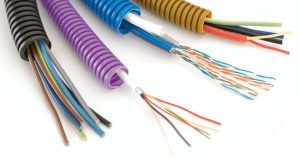
Some people are worried that only the lower-level conductors may be destroyed (for example, by high-altitude cars or downed trees), while the higher-level phase conductors will be unaffected by the incident. This is a condition of failure that has the potential to be extremely hazardous.
When it comes to overhead transmission lines in humid regions, the growth of trees is a serious worry. When a tree limb meets the aerial bundled wire, there will not be an electrical arc. Despite the fact that friction is still an issue, tree cutting can help reduce costs.
Low-voltage overhead cables are becoming less expensive, safer, and more reliable; they also require less tree-clearing and construction; they are becoming more aesthetically pleasing; they require less labor-intensive; they require less maintenance, and they are eliminating fires in the jungle that were caused by collisions.
ABC cable lv
LV is a kind of aerial bundle cable. Aerial Bundle Cables, also known as Aerial Bundled Conductors or simply ABC Cable, are power cables for overhead lines that combine numerous single core cables. Lightweight stranded aluminum conductors with applications include temporary power distribution to street lights and secondary pole-to-pole service cables are both single and multi-core.
In some nations, Aerial Bundle Cables are used for rural power distribution, but they are more frequently found in temporary power systems, such as those found on construction sites.
LV ABC Cable Specifications
Our Low Voltage ABC Cables are constructed in line with a variety of national standards, including BS7870, NF C33 209, AS/NZS 3560 Part 1, and IEC standards IEC 60502-1, TNB Specification, and HD 626 S1.
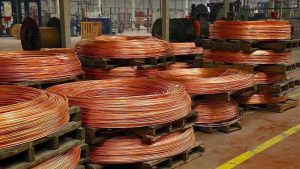
Their voltage rating is 0.61/1kV. It also meets Class II of IEC 61140 for protection against electric shock due to its insulation. Aerial Bundle Cables can be placed in temperatures as low as -20°C and have an operating temperature range of -40°C to +80°C. LV ABC Cables are unshielded and lack an extra sheath.
The Low Voltage ABC cable has both phase conductors and a neutral conductor, both of which are Class 2 stranded Aluminum, with core identification provided by longitudinal ribs on the insulation: Phases by longitudinal ribs (I, II, III); Neutral core by longitudinal ribs ( 50 mm2 min.12 ribs; 50 mm2 min.16 ribs).
More info Low Voltage ABC Cable describes all in:
- 0.6/1 kV ABC–aerial bundled cable–nfc 33-209 (al/xlpe); • 0.6/1 kV ABC–aerial bundled cable–bs 7870-5 (al/xlpe).
- 0.6/1 kV ABC-aerial bundled cable-des/lvc-iec 60502 (al/xlpe)
- 0.6/1 kV ABC-aerial bundled cable-iec 60502 & tnb-(al/pe)
- 0.6/1 kV-ABC bundled aerial cable-hd 626 s1 (al/xlpe)
- 0.6/1 kV ABC (aerial bundled) cable-as/nzs 3560.1 (al/xlpe)
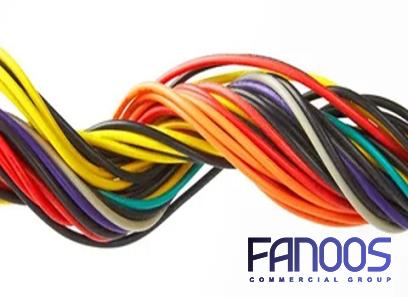
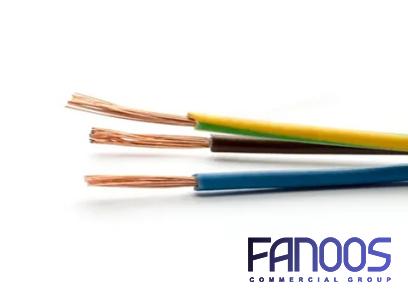
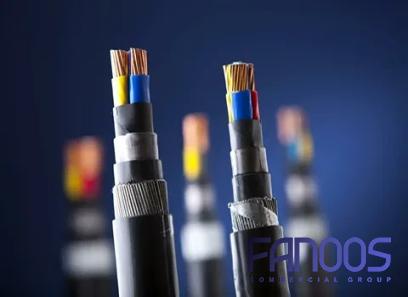
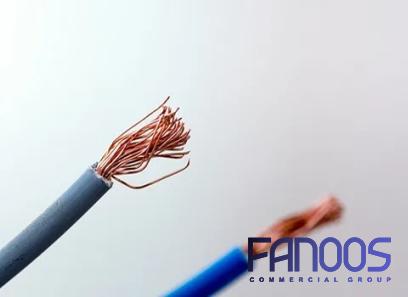
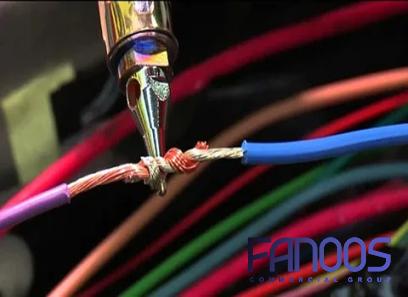
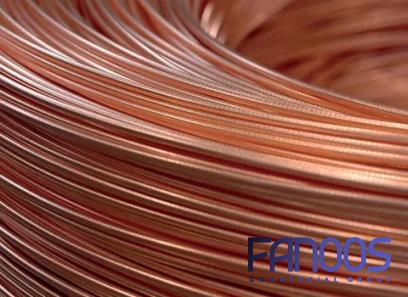
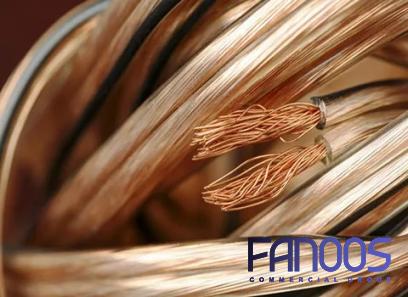

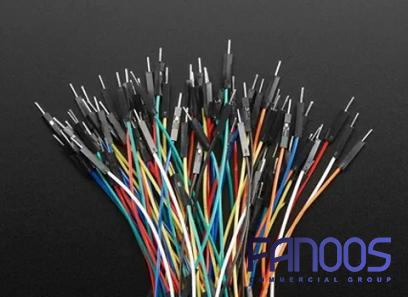
Your comment submitted.